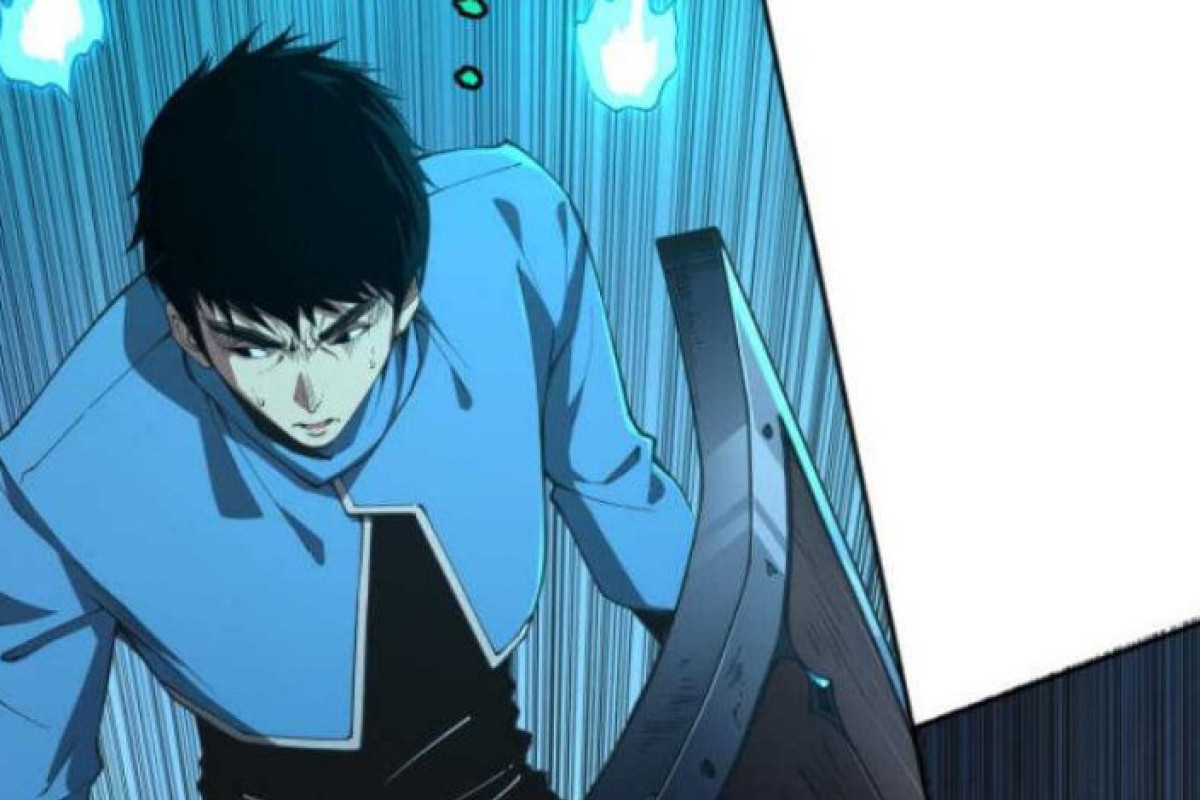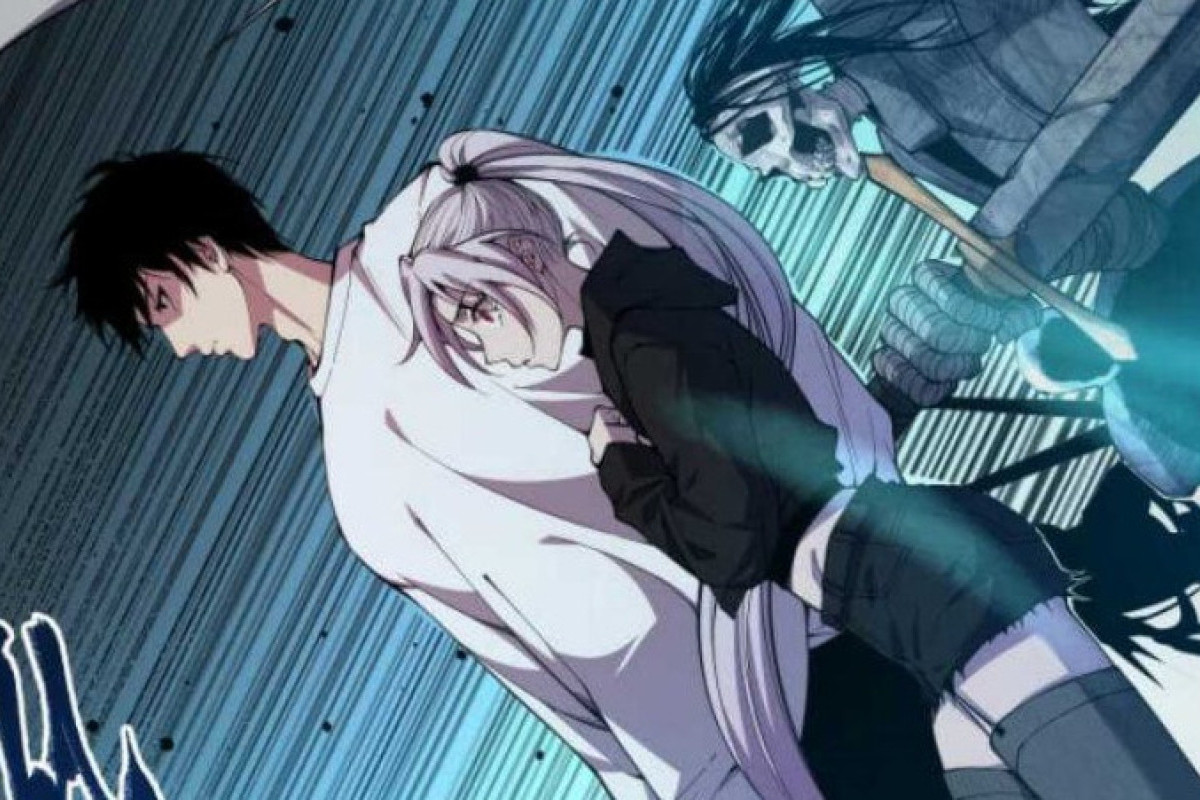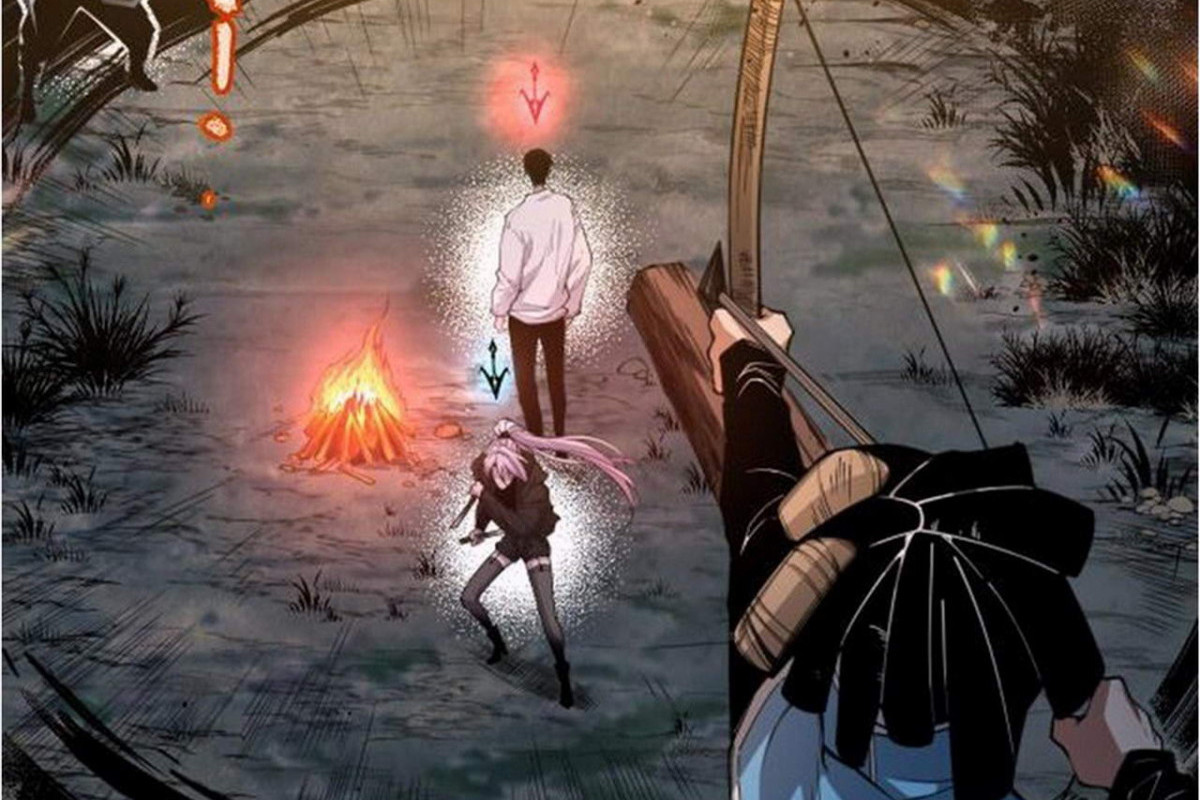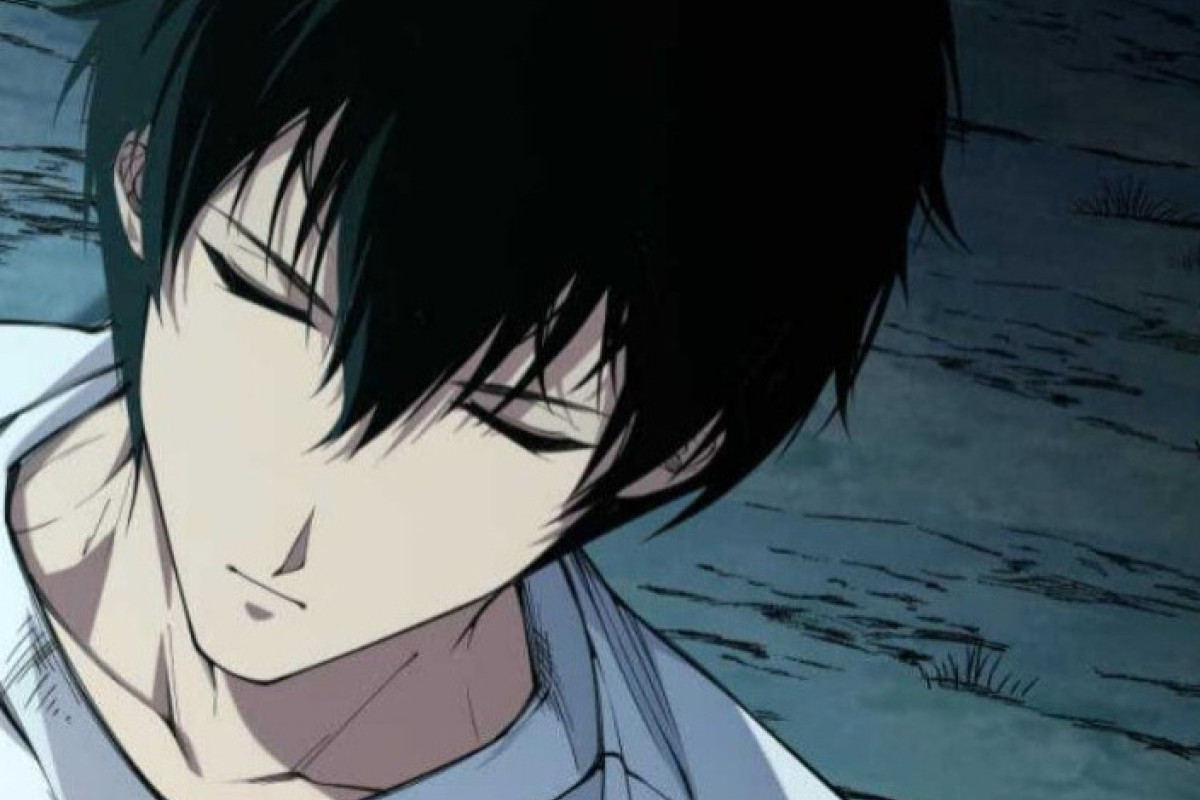Embark on a captivating journey into Disastrous Necromancer Chapter 26, where the boundaries of life and death blur, and the consequences of unchecked ambition unfold. This chapter delves into the intricate world of necromancy, unveiling the motivations of a enigmatic necromancer and exploring the profound themes that resonate throughout the story.
Prepare to be immersed in a realm of magic and mythology, where the power of necromancy dances on the edge of darkness. Witness the necromancer’s actions and their far-reaching repercussions, as the chapter unravels a tapestry of intrigue and moral quandaries.
Plot Summary and Character Analysis

Chapter 26 of Disastrous Necromancer marks a pivotal moment in the narrative as the titular necromancer, Erith, grapples with the consequences of their reckless actions.
As the disastrous necromancer in chapter 26 struggles to control the undead horde, readers might find solace in the blossoming romance between Sasaki and Miyano in chapter 47 . However, the necromancer’s journey in chapter 26 continues with relentless challenges, leaving readers eager for the next installment of this thrilling tale.
Erith, driven by an insatiable thirst for power, has been experimenting with forbidden necromancy, raising an army of undead to serve their whims. However, their arrogance and lack of foresight have led to disastrous consequences.
Erith’s Actions and Their Consequences
- Erith’s uncontrolled experiments have created a horde of undead that now threatens the surrounding villages.
- Their hubris has angered the gods, who have sent their wrath upon Erith in the form of a relentless storm.
- Erith’s reckless use of necromancy has corrupted their soul, making them a pariah among their former allies.
Character Analysis of Erith
Erith is a complex and tragic character. Their motivations are rooted in a deep-seated insecurity and a desperate desire for power.
Erith possesses immense magical abilities, but their lack of control and their disregard for the consequences of their actions make them a dangerous and unpredictable force.
As the chapter progresses, Erith’s descent into darkness becomes increasingly evident. Their once-noble intentions have been twisted by their lust for power, and they are willing to sacrifice anything to achieve their goals.
Worldbuilding and Lore
In the realm of Chapter 26, necromancy is a forbidden and reviled art, yet it wields immense power and potential. The magical system of this world is complex and multifaceted, with necromancy occupying a precarious position within its intricate tapestry.
Necromancy, the art of manipulating the life force of the deceased, is a perilous path fraught with danger and temptation. Those who delve into its forbidden secrets risk losing their own humanity, becoming ensnared by the very forces they seek to control.
The disastrous necromancer chapter 26 had a huge impact on the game, but it wasn’t the only one. The dead space remake chapter 7 bug also caused a lot of problems for players, preventing them from progressing through the game.
However, the developers were quick to release a patch that fixed the issue, and players were able to continue their journey through the necromancer’s lair.
History and Mythology
The history of necromancy in this world is steeped in ancient myths and legends. In the forgotten annals of time, it is said that a powerful sorcerer, driven by an insatiable thirst for knowledge, dared to breach the veil between life and death. Through forbidden rituals and unholy incantations, he unlocked the secrets of necromancy, forever altering the course of history.
Since then, necromancers have been feared and persecuted, their very existence a stain upon the fabric of society. Yet, despite the dangers it poses, necromancy remains a potent force, its allure too tempting for some to resist.
Chapter 26 of the Disastrous Necromancer series takes an unexpected turn as the protagonist, Darius, is confronted with a choice that could alter the course of his life. The suspense builds with each page as Darius grapples with his decision, knowing that the wrong choice could lead to dire consequences.
For those seeking a captivating fantasy tale with a complex protagonist, Vaira Chronicles Chapter 3 offers a gripping narrative that explores the themes of power, betrayal, and the consequences of one’s actions. As the story unfolds in Chapter 26 of the Disastrous Necromancer series, Darius’s choices will shape the destiny of both himself and those around him.
Themes and Symbolism

Chapter 26 of “Disastrous Necromancer” delves into profound themes of power, corruption, and the dire consequences of unchecked ambition. These themes are skillfully conveyed through the use of evocative symbolism and imagery.
Power and Corruption
The corrupting influence of power is a central theme in this chapter. The protagonist, Arion, succumbs to the allure of forbidden knowledge and necromantic power. As he delves deeper into his dark experiments, his morality erodes, and his actions become increasingly sinister. The text vividly depicts the physical and psychological toll that his pursuit of power takes on him, symbolizing the corrosive nature of unchecked ambition.
Consequences of Ambition
The chapter also explores the dire consequences of unchecked ambition. Arion’s relentless pursuit of power leads him down a path of destruction. His reckless actions not only harm himself but also endanger those around him. The text serves as a cautionary tale about the perils of allowing ambition to override reason and compassion.
Symbolism of Necromancy
Necromancy, the practice of raising the dead, serves as a potent symbol in this chapter. It represents the protagonist’s desire to control life and death, a hubris that ultimately leads to his downfall. The undead creatures that Arion creates are grotesque and monstrous, reflecting the twisted and corrupted nature of his ambitions.
Literary Devices and Writing Style

The author employs several literary devices in Chapter 26 to enhance the story’s impact and create a vivid and engaging reading experience.
Foreshadowing
Foreshadowing is used throughout the chapter to hint at future events and create a sense of anticipation. For example, the mention of the “dark forces” lurking in the shadows suggests that danger is approaching. Similarly, the description of the necromancer’s eyes as “glowing with an unnatural light” foreshadows his sinister nature.
Irony
Irony is used to create a sense of contrast and highlight the absurdity of the situation. For example, the necromancer’s attempts to control the dead are ultimately futile, as they rise up against him in rebellion. This irony underscores the futility of his quest for power and control.
Figurative Language
The author uses figurative language to create vivid imagery and evoke emotions. For example, the description of the necromancer’s lair as a “dungeon of despair” conveys a sense of darkness and hopelessness. Similarly, the use of metaphors, such as “the fire of his ambition burned bright,” helps to personify the necromancer’s desires and motivations.
Writing Style, Disastrous necromancer chapter 26
The author’s writing style in Chapter 26 is characterized by its use of vivid language, descriptive imagery, and a strong narrative voice. The sentences are often long and complex, creating a sense of rhythm and flow. The vocabulary is rich and evocative, helping to create a sense of atmosphere and mood. The tone of the chapter is dark and foreboding, reflecting the necromancer’s sinister nature and the impending danger.
Ending Remarks: Disastrous Necromancer Chapter 26

Disastrous Necromancer Chapter 26 concludes with a haunting reminder of the perils of unchecked power and the profound consequences that stem from succumbing to the allure of forbidden knowledge. It leaves readers pondering the boundaries of morality, the nature of good and evil, and the indomitable spirit that resides within us all.